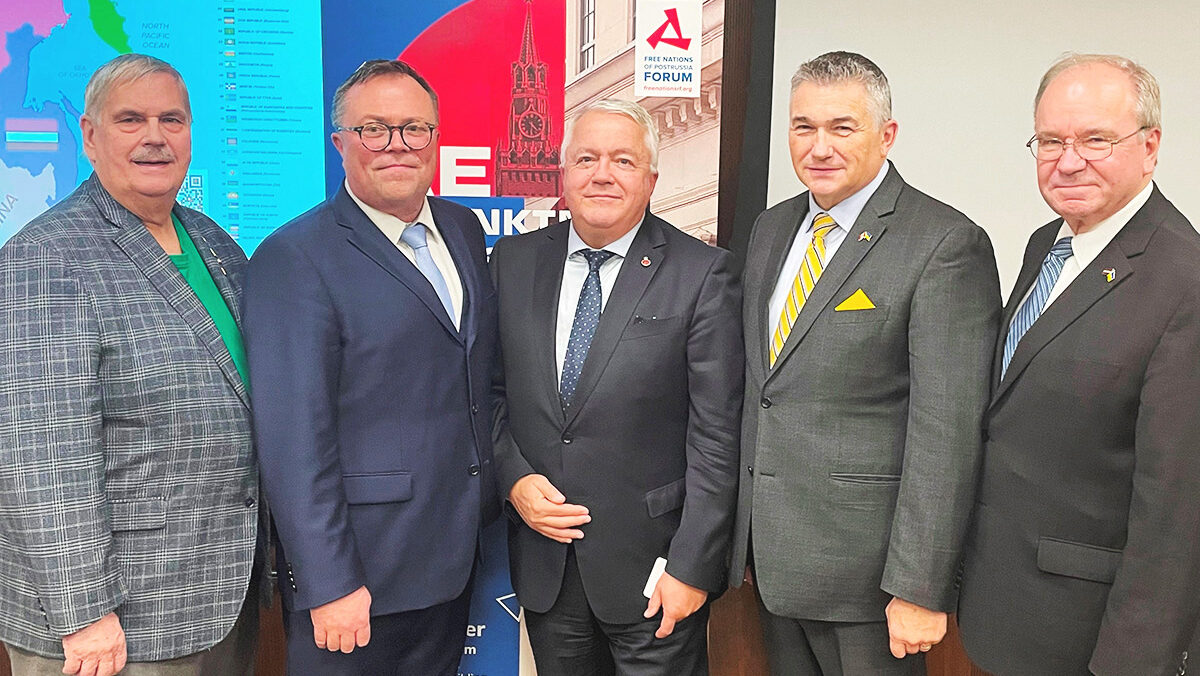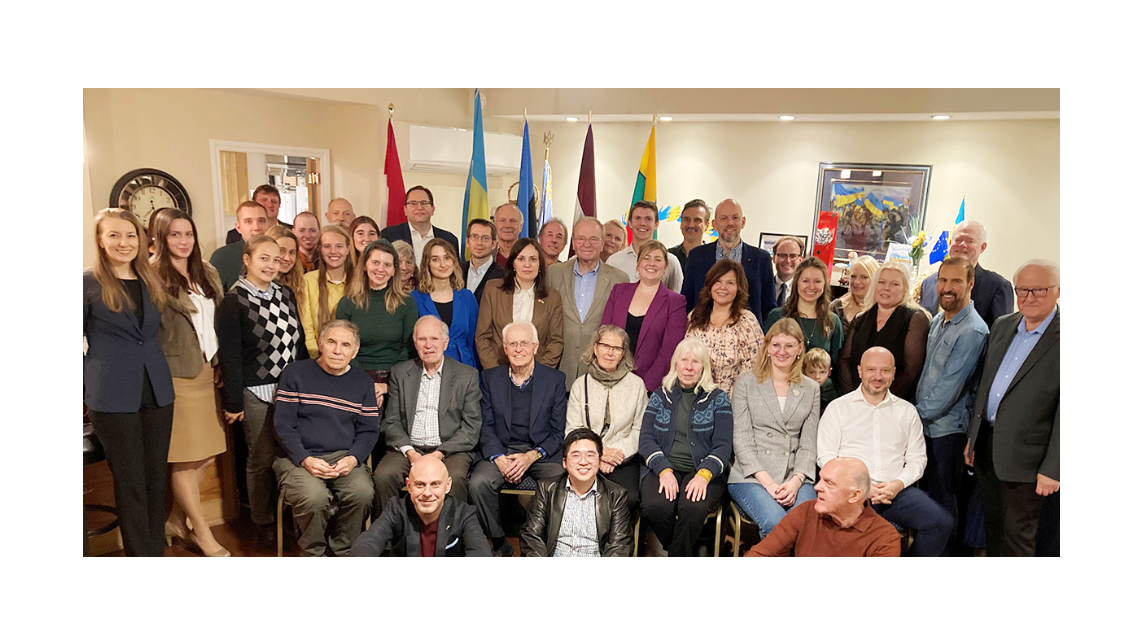The survey results also indicate that some 76% of non-Estonians in the country consider Estonia to be their only homeland. Related to this finding is the conclusion that fully 66% agreed with the statement: “The opinions of the Russian speaking population should be better appreciated and considered because they are part of Estonian society.”
The survey was conducted jointly by Praxis, TNS Emor and Tartu University. Sociologists associated with the research indicated that the time is optimum for making progress in integration policies. They state that the non-Estonian part of the population is not homogenous and should not all be classified as the “Russian speaking” community. The research identifies several socio-economic groupings whose separate characteristics must be taken into consideration when developing integration approaches.
The analysis identified a sub-group of patriotic Russian speakers who have pride in their Estonian citizenship and loyalty toward the Estonian state, but whose command of the Estonian language is weak. This is in contrast with another sub-group who speak Estonian well but are critical and distrustful of state institutions and politics. The latter are more associated with youthful respondents.
The youth were a special target group in the latest survey. Analysts suggest that activities that lead to interaction between non-Estonian and Estonian youth in an Estonian language environment should be encouraged.
The attractiveness of post-secondary Estonian language education has increased amongst the Russian-speaking population. The objective of studying at an Estonian language university has risen from 19% in 2008 to 26% of the population now.
Researchers also advise that the one third of the Russian-speaking population that are well integrated into the Estonian society and have a strong sense of citizenship should be invited to participate and to advise in the development of integration policies. This would include joining organizations of many different varieties – clubs, political parties, volunteer associations, local governments etc.
Different ministries have responsibility to implement integration policies. The ministry of culture gives support to minority cultural activities, and encourages interaction between different ethnic groups. The education ministry manages the general adoption of the Estonian language, the teaching of it in kindergartens, schools, in other settings and to adults. The social affairs ministry coordinates Estonian language teaching to the unemployed and the necessity of adherence to anti-discrimination and equal opportunity legislation. The ministry of the interior applies integration principles in relation to citizenship acquisition.
It's evident the integration strategy of Estonia follows a fair and logical path to establishing a sense of belonging in all. Simultaneously it's struggling in preserving its own indigenous culture amidst the inevitable encroachment of dominant cultures within the European Union. It's a balance that's tricky to maintain.
Laas Leivat



